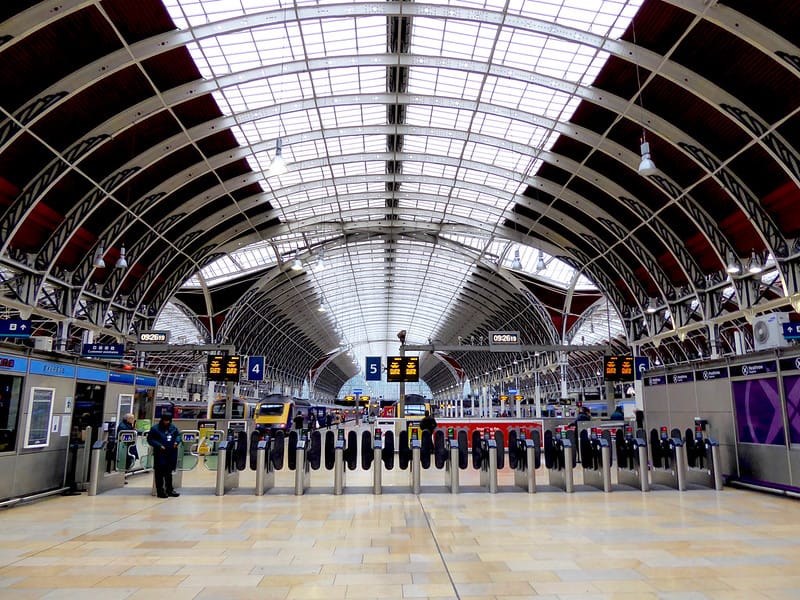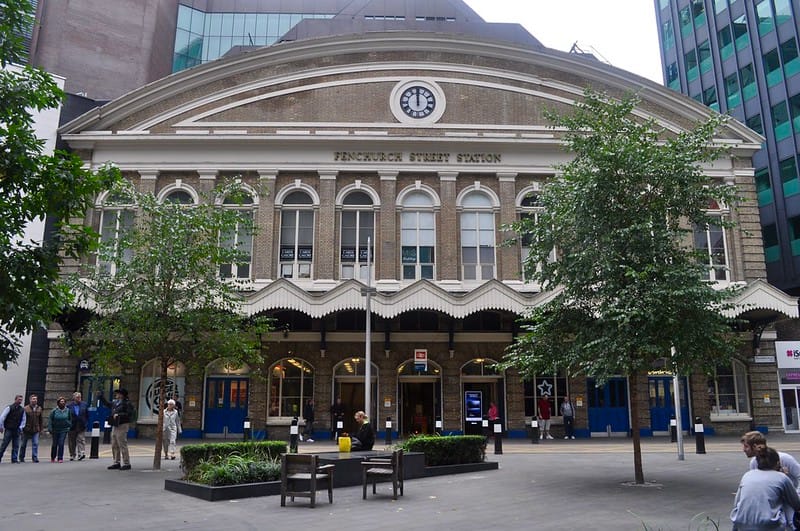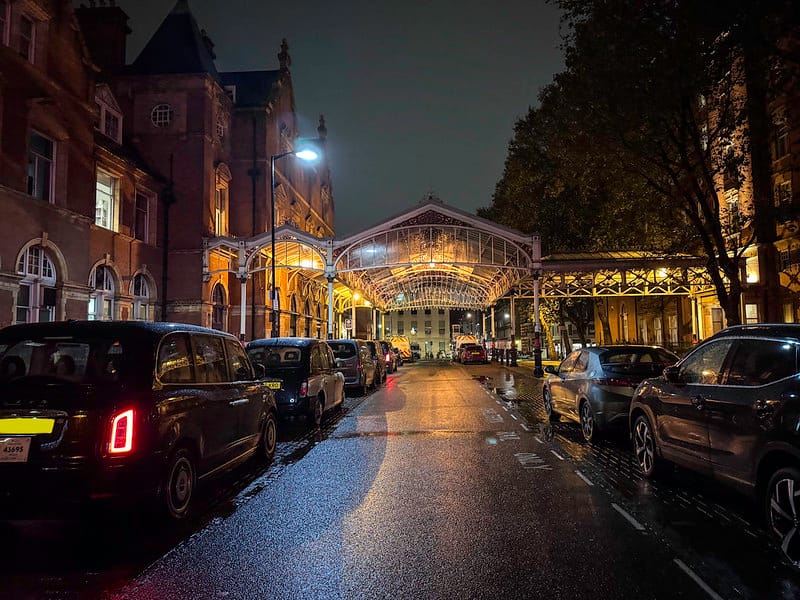Paddington Station, located in the heart of London, is more than just a transport hub—it’s a symbol of the Victorian engineering revolution and a masterpiece of design by one of Britain’s greatest engineers. With its rich history, architectural beauty, and cultural significance, Paddington Station has played a vital role in shaping London’s railway history.
The Beginnings: The Birth of a Railway Revolution
The story of Paddington Station begins in 1838 with the opening of the Great Western Railway (GWR), connecting London to Bristol. The station’s original temporary terminus was situated at Bishop’s Bridge Road. However, as rail travel expanded rapidly during the mid-19th century, the need for a permanent and grand terminal became evident.
In 1854, the current Paddington Station officially opened its doors, designed by the renowned engineer Isambard Kingdom Brunel, in collaboration with architect Matthew Digby Wyatt. Brunel, celebrated for his visionary projects, aimed to create a station that was both functional and aesthetically impressive.
Architectural Marvel
Paddington Station’s design exemplifies Victorian engineering at its finest. Its iconic train shed features three vast iron-span roofs, which were revolutionary for their time. The use of glass and wrought iron allowed natural light to flood the space, creating an airy and welcoming environment for passengers.
The station’s layout was also highly innovative. It featured separate arrival and departure platforms, catering to the growing number of passengers and ensuring efficient movement of trains.
Expansion and Modernisation
As rail travel gained popularity, Paddington Station underwent several expansions and renovations:
- 19th Century: Additional platforms and facilities were added to accommodate increasing demand.
- 20th Century: The station was modernized with electrification and improved passenger amenities, including escalators and waiting areas.
- 21st Century: The advent of the Crossrail project, now known as the Elizabeth Line, brought significant upgrades, including a new concourse and improved accessibility.
Cultural Significance
Paddington Station has not only served as a gateway to the west of England but also embedded itself in popular culture. It’s famously associated with Paddington Bear, the beloved fictional character who was “discovered” at the station in Michael Bond’s books. A bronze statue of Paddington Bear now sits under the station’s clock, delighting visitors of all ages.
The station also played a crucial role during World War II, transporting troops and supplies while enduring the challenges of wartime Britain.
The Legacy of Isambard Kingdom Brunel
Brunel’s influence on Paddington Station cannot be overstated. His vision for the Great Western Railway as the “Gateway to the West” transformed Paddington into a critical node in Britain’s transport network. Today, his legacy is celebrated through plaques and exhibitions within the station.
Paddington Station Today
In the modern era, Paddington remains a bustling transport hub, serving millions of passengers each year. It connects London to destinations such as Heathrow Airport via the Heathrow Express and cities like Bristol, Cardiff, and Bath through the GWR.
Beyond its functionality, Paddington Station retains its historical charm, with features like the preserved arches of its original design and the Grand Union Canal Basin nearby, which hark back to its Victorian roots.
Conclusion
Paddington Station stands as a testament to London’s railway heritage and the ingenuity of Victorian engineering. From its pioneering design by Isambard Kingdom Brunel to its role as a cultural landmark, Paddington Station is more than just a travel hub—it’s a living piece of history that continues to evolve while honoring its storied past. Whether you’re catching a train or simply exploring its historic halls, Paddington Station offers a glimpse into the remarkable history of London’s railways.




